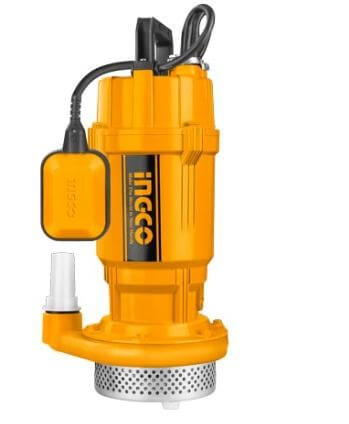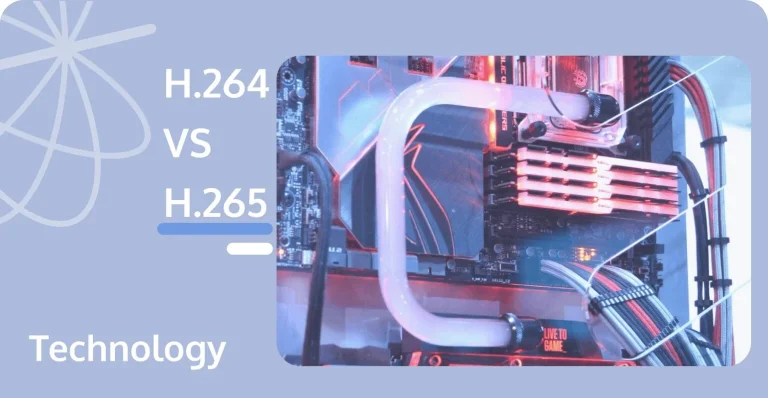How Does a Water Motor Pump Work

Water motor pumps are indispensable devices used across various industries and applications to facilitate the efficient movement of water from one location to another. Understanding the working principle of these pumps is essential for comprehending their role in fluid transport systems. In this article, we will delve into the intricacies of how water motor pumps operate, focusing on the fundamental mechanism that drives their functionality.
Contents
The Working Principle of Water Motor Pumps:
Water motor pumps operate based on the principle of fluid dynamics, utilizing rotational motion to generate centrifugal force and propel the movement of water. At the core of the water pump motor lies the impeller, a rotating component with curved blades designed to accelerate and displace water.
1. Impeller Rotation:
The operation of a water motor pump begins with the rotation of the impeller. As the impeller spins, it creates a centrifugal force within the pump housing, exerting pressure on the surrounding water. This rotational motion imparts kinetic energy to the water molecules, causing them to move outward from the center of the impeller.
2. Centrifugal Force:
When the water comes into contact with the rotating impeller, the energy of the impeller is transferred to the water, resulting in the generation of centrifugal force. This force causes the water to be displaced outward, away from the impeller, creating a low-pressure region at the center of the pump.
3. Suction and Discharge:
As the water is displaced outward by the centrifugal force, a partial vacuum is created at the center of the impeller. This vacuum draws additional water into the suction side of the pump, where it enters through the inlet port. The incoming water is then accelerated by the rotating impeller and forced outward, further increasing the fluid velocity.
4. Fluid Discharge:
The accelerated water is directed towards the pump’s discharge outlet, where it exits the pump under pressure. The centrifugal force generated by the impeller continues to propel the water outward, overcoming any resistance in the discharge piping and facilitating the efficient movement of water from the pump.
5. Continuous Process:
The process of water displacement and suction continues in a continuous cycle as the impeller rotates, ensuring a steady flow of water through the pump. This cyclic process allows water motor pumps to operate continuously, providing a reliable means of fluid transport in various applications.
Conclusion:
Water motor pumps play a vital role in fluid transport systems, facilitating the movement of water for industrial, commercial, and residential purposes. By harnessing the principles of fluid dynamics and centrifugal force, these pumps efficiently transfer water from one location to another. Understanding the mechanism of water motor pumps is essential for optimizing their performance and ensuring their reliable operation in diverse applications. As technology continues to advance, water motor pumps will continue to evolve, offering improved efficiency and performance for the efficient management of water resources.





